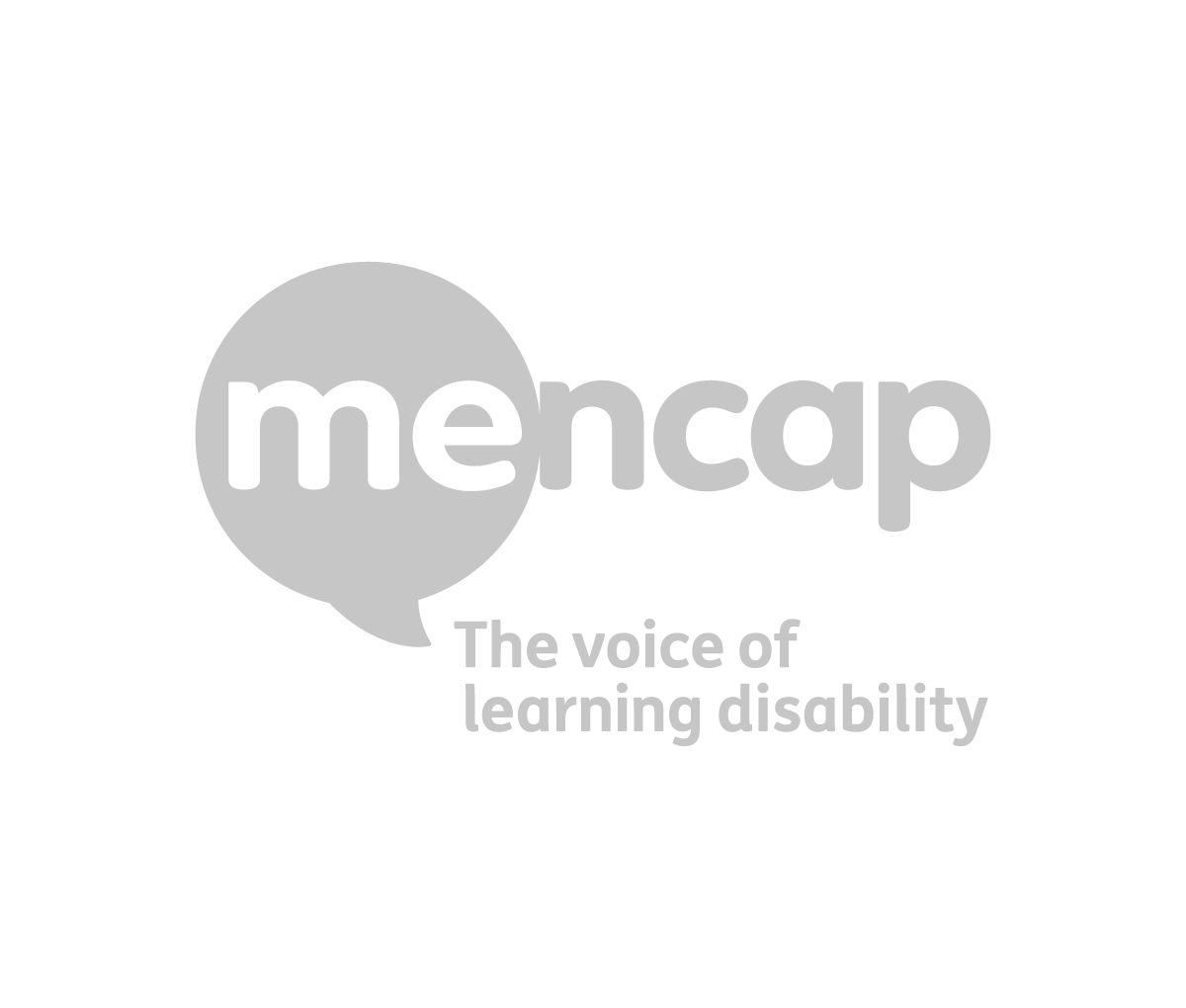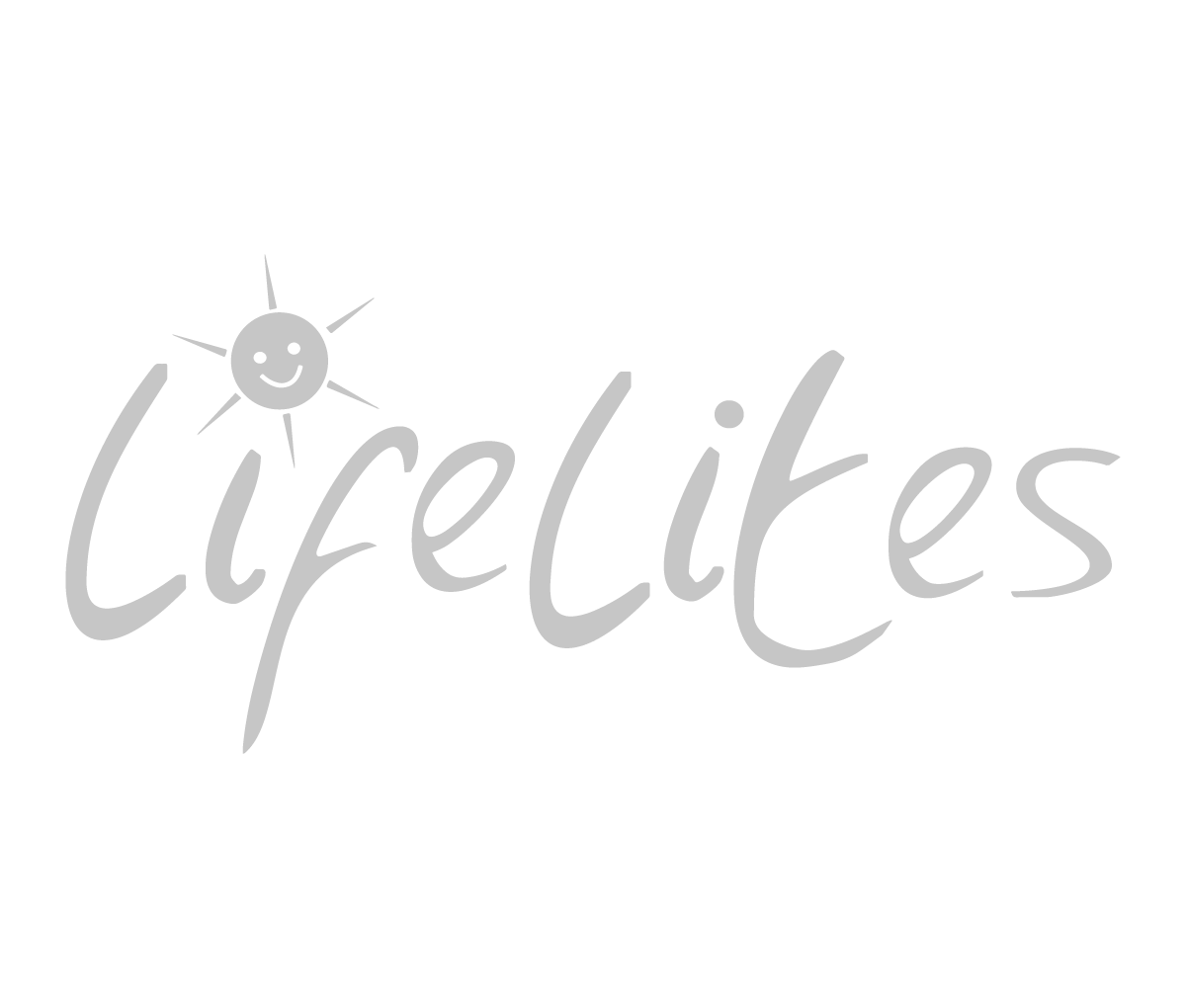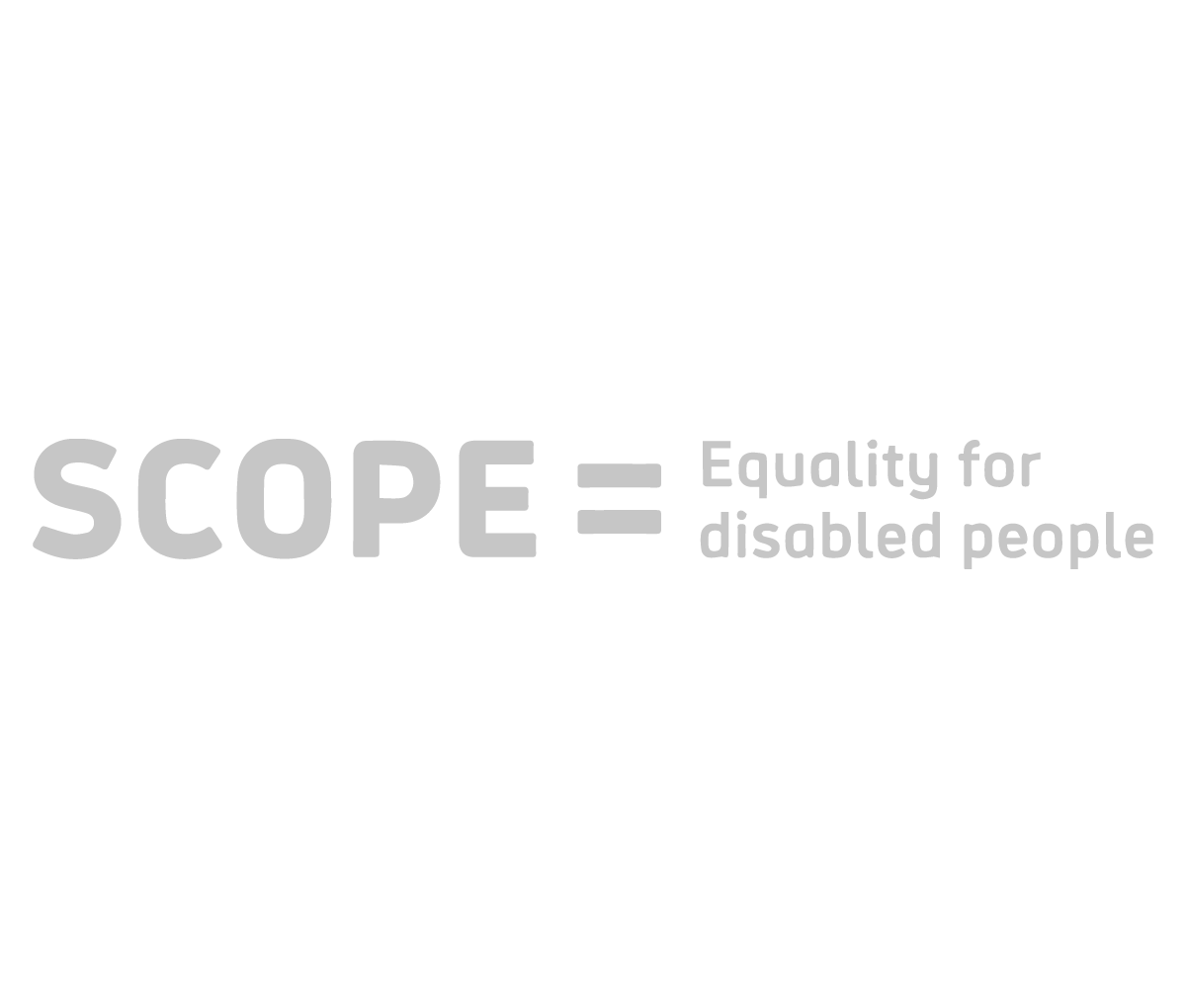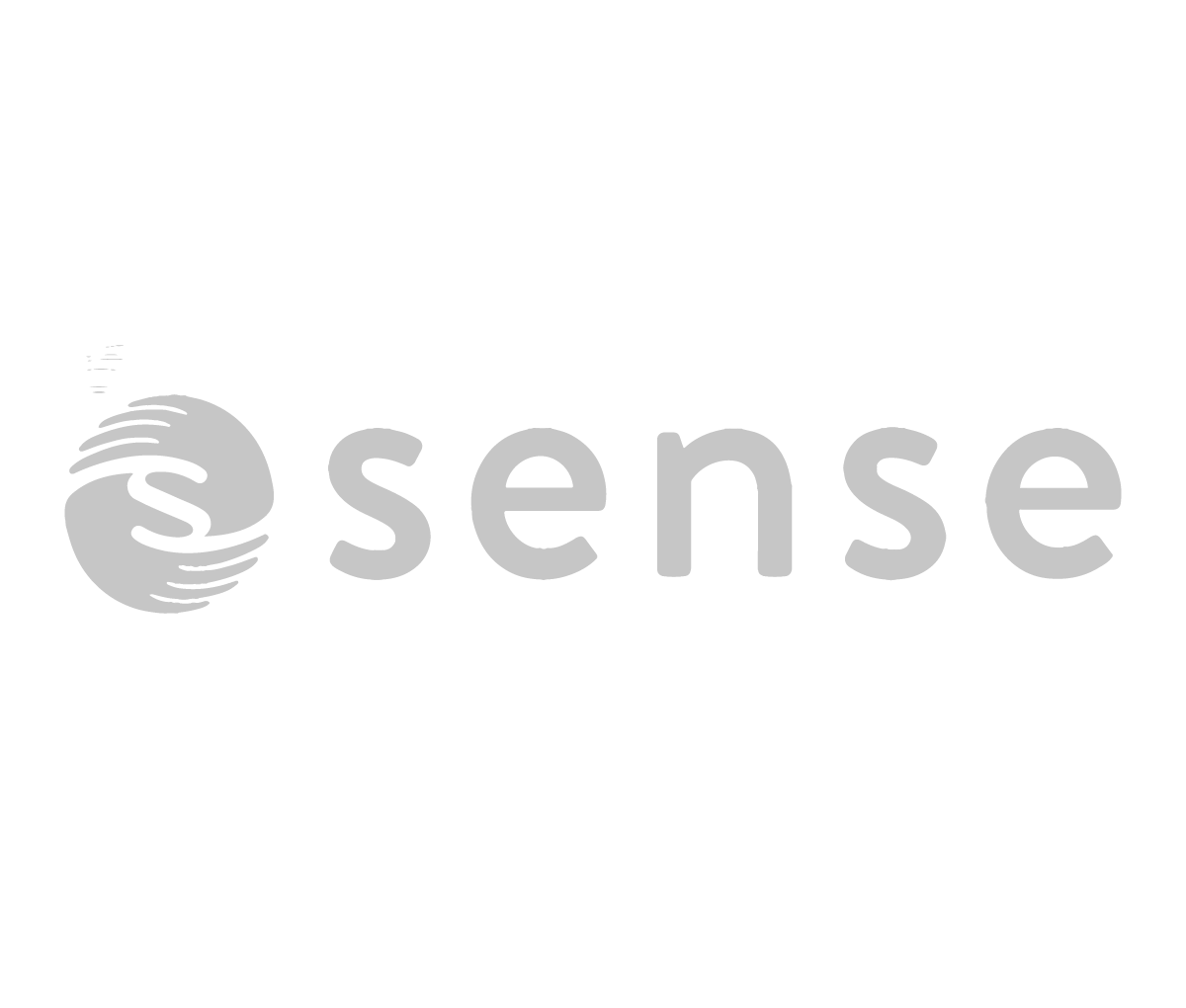Passionate about inclusive design
We design accessible spaces, software, products and experiences for education and healthcare settings. If you would like to explore some project ideas we will be happy to discuss your requirements.
Do you have a project in mind?
We’ve Been Changing Lives For Over 10 Years
We have designed and installed hundreds of bespoke environments for individuals, schools, hospitals, care settings, hospices and community leisure facilities. From classrooms to swimming pools, therapy suites to play centres, we have innovated and created experiences that delight users of all ages and abilities.
Call For a Consultation:
+44 (0) 1892 771-381
Designing for the senses
Getting in the right headspace is a big part of designing a sensory environment. Firstly it is essential to have a firm understanding of your aims and objectives and a thorough grasp on needs of the users present and future.
To help you get a handle on the thinking we have written up some notes and presented some of the fundamental considerations we discuss with customers in design consultations. If you have more questions, please do not hesitate to contact us or visit our learning lab!
What is a Sensory Room?
That said, we have a way to define a sensory environment that gets to the heart of what most people are generally getting at, and it goes:
“a designed environment wherein variable levels of engaging multi-sensory stimulation can be presented and explored, accessibly, for the purpose of communicating and connecting with others in shared experiences”
A Designed Environment
Variable levels of engaging multichannel sensory stimuli
Knowing what to engage, why to engage and how to engage is the most important part of the design. This is less about equipment and more about creating the environmental conditions to be conducive to the goals and objectives you are seeking to achieve. So it means content – what are we invoking and why? How is it to be accessed and by whom? What capabilities are we seeking to engage and enhance? What is our intended purpose and what is the criteria for success for each individual? How do we enhance outcomes and ensure people are confident delivering this sensory stimuli and able to assist people effectively?
To make sense of this, it is a good idea to frame the experience from the perspective and capabilities of the users. But this can be difficult because it is hard to know how others may experience sensory stimuli, how they perceive, how their memory informs and connects experiences, whether conventional ideas of retainable learning is achievable, whether concepts can become generalised, what understanding people may have of concepts such as language, people, objects, how they experience time and spatial relationships and more.
This is why it is essential to consider these things if only to get you closer to what you don’t know. This will help to get you to the best starting point to understand what the needs are likely to be and if they will be met in a designed sensory room.
Accessibility
Access tools are input devices that enable messages to be communicated. Since it is impossible for us to know ahead of time what the best method will be for an individual, we support the use of all input methods: eye gaze, switches, game controllers, keyboard, mouse, speech, breath, sound, tablets/phones, objects, gesture recognition cameras and more.
Communicating and connecting with others
Now optimising and focusing the communication for the capabilities of those present and enhancing engagement in shared experiences is the way to achieve meaningful outcomes enabled by design. So when we say communication we mean shared experience, connected experience, joint attention, verbal and non-verbal communication, the language of togetherness, the language of good vibes, of positivity and aspiration, improvisation and experimentation.
Do we need a Sensory Room?
Offering access to experiences that may be hard or impossible to access in other non-designed environments has a value that cannot be overstated. We all function optimally in environments where focus and attention can be achieved and sustained. If this is an environment that offers a full pallet of sensory experiences designed for individual needs then it is likely to be a good place to engage people. It is more important to think about the people in the environment and their needs as the primary concern. The environment and equipment part will become obvious when you can define who needs what and why.
How do we know it will work?
Investing time in the design of anything makes it more likely to work. If you expect equipment to do the work then we can tell you now that it will not work as well as had you engaged in a design process. Equipment is only part of the story, the main protagonists are the people that are designing the concepts (that will be you, not us. We only help you through this process) and the various stakeholders: pupils, clients, staff members and so on.
If you invest your time you can be sure you gave it your best effort to get it right.
What is different about Sensory Guru?
Expertise. We have expertise in software design, interior and product design, education content design, therapy app design. We know about accessibility, communication, motivation, aspiration and empathy. We know what challenges you will experience and can help you design to work with them. We know that design thinking needs to build-in plans for personal mobility aids, respirators and other equipment that is in essential for individual wellbeing. We know how important it is to get things right for the needs of the people first time while there is the motivation, opportunity and budgets available. Getting it wrong is easy if you do not design it to be right.
Customer Testimonials
“Sensory Guru helped us to think creatively and explore new ideas that were outside of our comfort zone. The results have been fantastic and the pupils love it.”
“From the first meeting we had with Sensory Guru we knew they would deliver great experiences because they really understood the needs of our children .”
“We had several companies quote on our sensory room and Sensory Guru had the best approach. They are really knowledgeable and want to help the pupils succeed.”








Ready to start a project?
If you have a project in mind and would like to discuss some concepts with our knowledgable and friendly designers.
